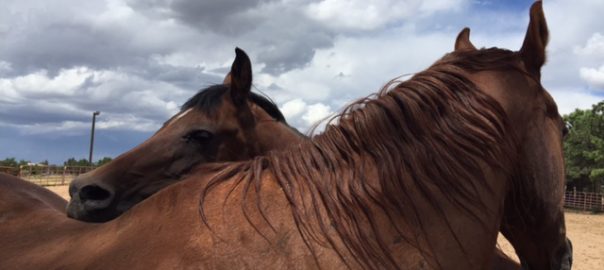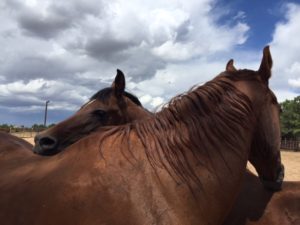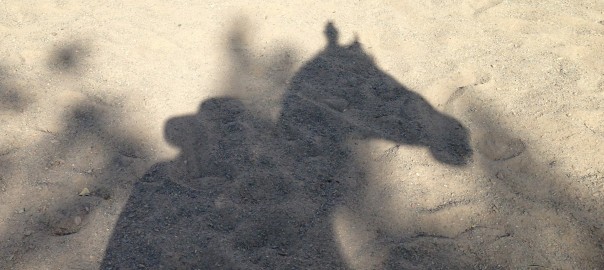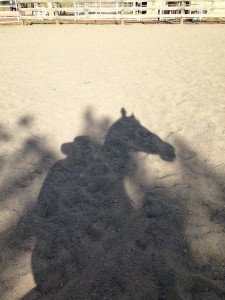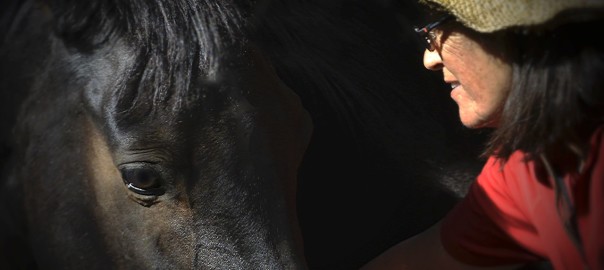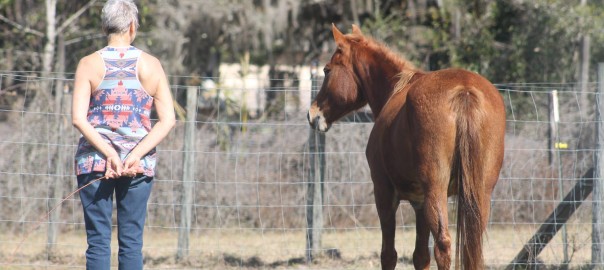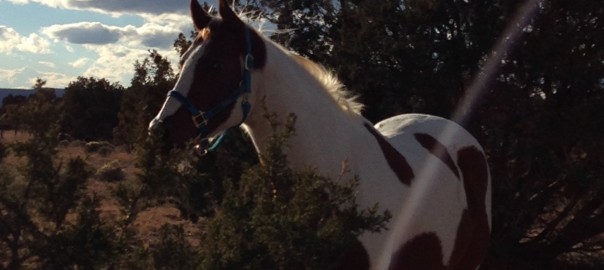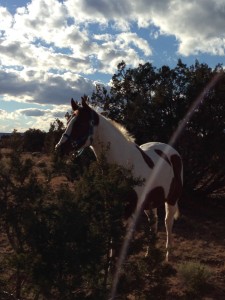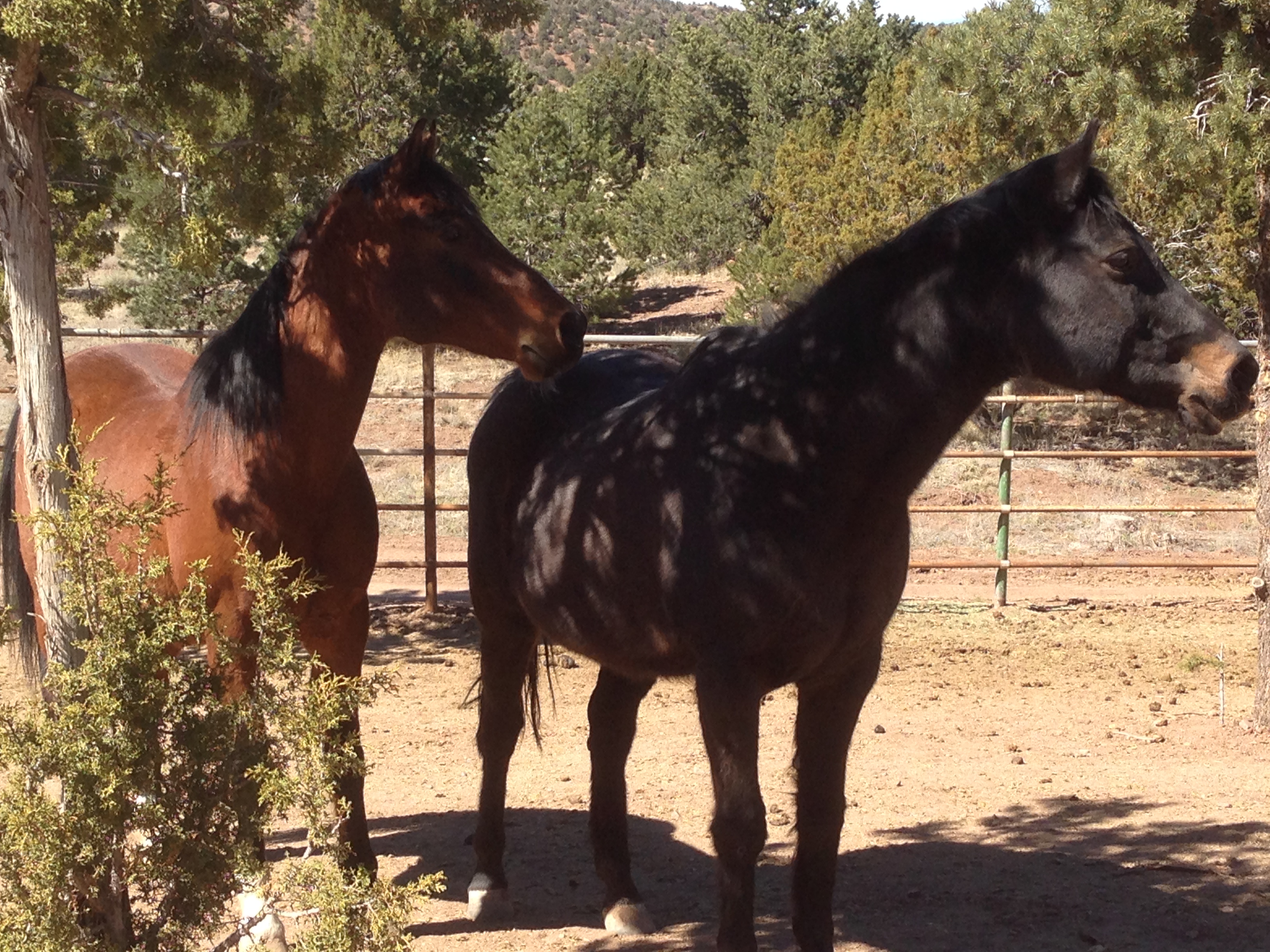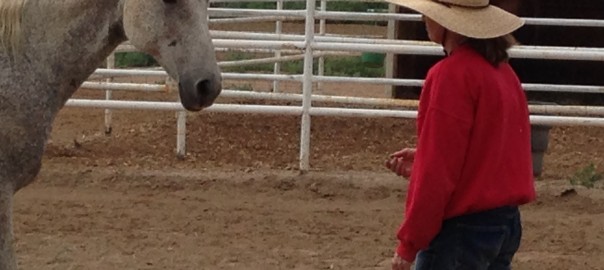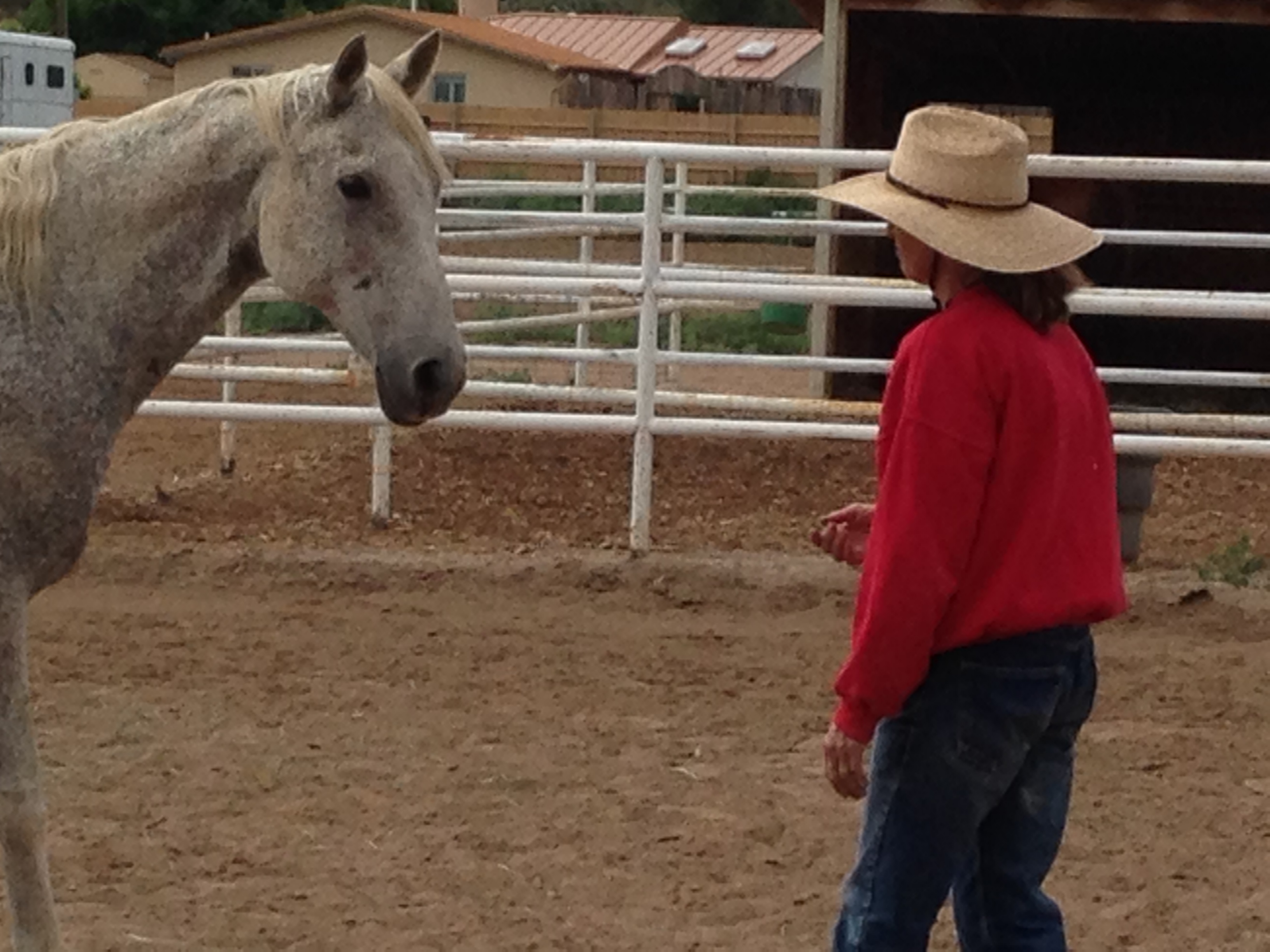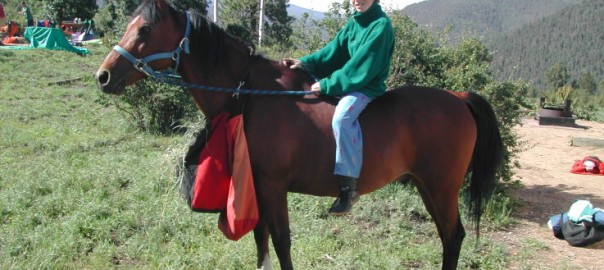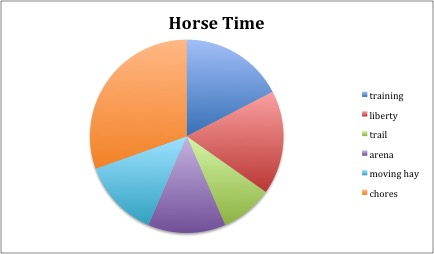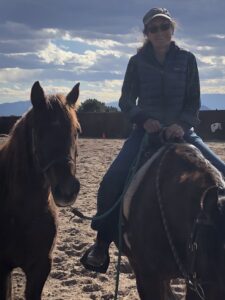 Years ago, when I was riding endurance, many rider/horse teams would head to El Paso during the winter months to ride. Horses had not had much riding time in the colder climates so one had to be careful as they traveled in the deep desert sand. Often the injuries that went unnoticed from the winter riding would appear in the spring.
Years ago, when I was riding endurance, many rider/horse teams would head to El Paso during the winter months to ride. Horses had not had much riding time in the colder climates so one had to be careful as they traveled in the deep desert sand. Often the injuries that went unnoticed from the winter riding would appear in the spring.
Horses not working can also have injuries during the spring. Perhaps over the winter the horse has had a pasture injury or slipped in the mud, or been started back to work too vigorously.

In the wild it is said that horses will travel about 20-25 miles per day, seeking forage and water. It’s hard for us to duplicate that for the domestic horse unless we have a very large pasture. Even so, domestic horses are provided with food and water, so they may have space but not the motivation of a wild horse. In the Southwest U.S., while we have a lot of open land, very little of that space is large pasture for horses. Mostly they live in dirt lots or stalls.
It’s important to choose a regimen that will work well for the horse you’re working with, taking into account his/her abilities and the amount of time off the horse has had. Since I work with rehabilitating horses, I am gauging what they are physically and emotionally capable of doing and choosing activities accordingly.
The exercise of being able to mo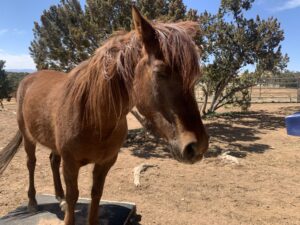 ve around freely is different than the measured, focused exercise we ask of a horse in daily work. Both are very important.
ve around freely is different than the measured, focused exercise we ask of a horse in daily work. Both are very important.
Here are some tips:
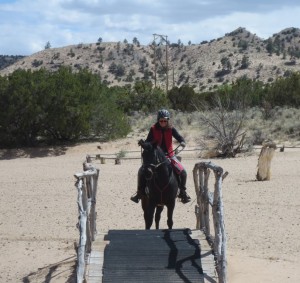 Walking on different types of terrain for horses who can manage it is vital.
Walking on different types of terrain for horses who can manage it is vital.
Evaluate that the horse is okay with the level of movement we are asking of them. I recommend supporting them with bodywork where needed. If they have trouble lifting their legs or have sore feet, we begin with walks on soft flat ground, then add thin ground poles as they get stronger. We can also use a row of traffic cones and weave in and out of them.
The other day I was working with a non-ridden mare who has been really fussy about being touched. I know she has arthritis and is sometimes uncomfortable in her body. I tried some Ortho-Bionomy “post-techniques” with her – techniques where I engage her in an activity that also helps her posture and loosening her spine. She began to move with more purpose. Then we walked and found an area with railroad ties for her to step over. She became very animated and enjoyed the whole idea of stepping over something in a rhythmic fashion. I was able to touch and work with her everywhere I needed to in this session because of this approach.
I retired my current senior Patches at age 23 from riding, as he showed he wasn’t
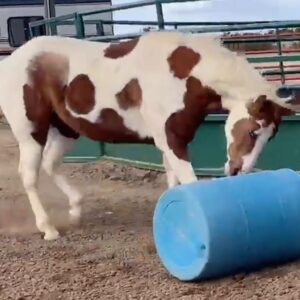 comfortable being ridden anymore. He’s now 26. He enjoys walks and arena activities. He is also teaching our young mare Red to be more curious than she already is. I think this is an excellent way for him to spend his golden years.
comfortable being ridden anymore. He’s now 26. He enjoys walks and arena activities. He is also teaching our young mare Red to be more curious than she already is. I think this is an excellent way for him to spend his golden years.
The types of exercises and techniques I use with him are useful for all aged horses but especially those with arthritis, in rehab or even young horses starting out. You don’t need a bunch of expensive machines or a swimming pool to do this, though of course those items would be nice. All you really need is a nice area to take walks, and a space to set up some cones and ground poles. A big inflatable ball interests some horses as well. Patches enjoys pushing plastic barrels around.
It’s important to remember that a little bit goes a long way. These are not “strength exercises.” These are “toning” and “stretching exercises” that support the natural rhythm and movement of the body. The horse gains strength from them without the lifting weights approach. If the stretching leads to more aerobic and anaerobic activities naturally, without strain or injury, then it will be the right way to go for that animal.
In rehab, sometimes there is a great move forward, then a few steps backward, sometimes a plateau, just like when we humans are recovering from an injury. It’s impossible to keep pushing forward at one steady pace when the body is changing, readjusting, becoming stronger in some areas more quickly while other areas may lag behind or may appear as not on board with the program.
For horses getting back to work after a lay-off or hard winter, ride at the walk and gradually move up to a trot or canter. Lunging is also useful and can show you if the horse has any unevenness of stride that you need to be aware of for ridden work.
Ground poles and cones also lighten up arena work for these horses and allow some variety.
When working with a young performance gelding lately, while he has been ridden and cross-trained all winter, still, the shifting cold-to-warm weather ups and downs can cause muscles to tighten after his workouts. Since he’s very supple otherwise, he doesn’t need the slow spring start but rather, bodywork to maintain suppleness as he continues to train and meet new challenges.
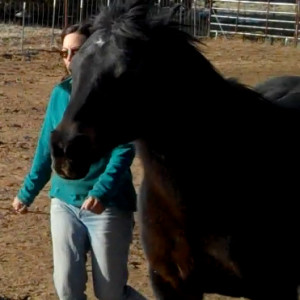
An obstacle course is another fun thing to do with horses at all levels. You can take each horse through it, tailoring the obstacles to their individual abilities.
Liberty work is excellent for engaging with horses so they can be exercised without tack and build a stronger bond.
Above all, provide variety. Some horses require more variety than others.
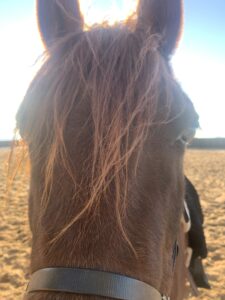
A horse who comes to the gate with anticipation is a lot more fun than one who runs away and doesn’t want to be caught. I want to see that cute face looking at me with curiosity, “Hi, so what are we doing today?”



